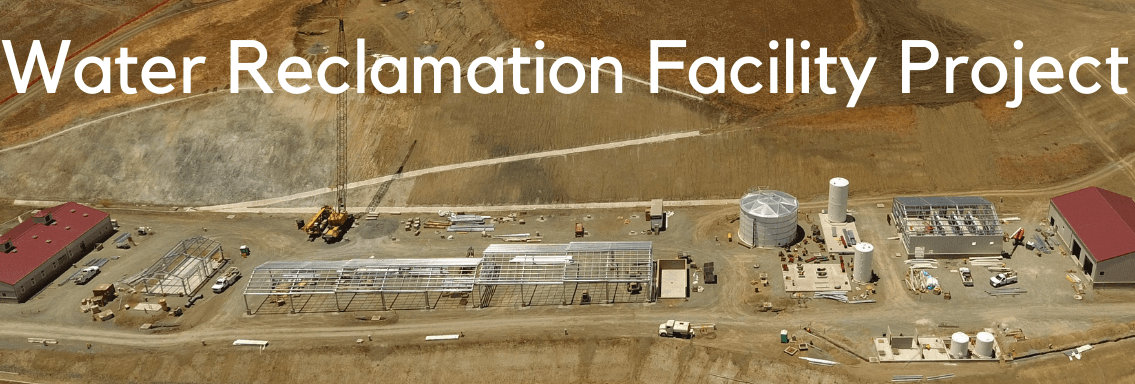Morro Bay City Council’s bait-and-switch
August 5, 2021

OPINION by CYNTHIA HAWLEY
This is a story, told in installments, about the corruption involved in Morro Bay’s water reclamation facility. It’s about lies, secrets, falsifications of laws and facts, and the misuse of public money, that is, illegally shoveling it out by the millions.
First, let’s look at the bait and switch tactic the Morro Bay City Council used during the last rate increase to build the new sewage treatment plant. This was in Sept. 2018, and the council members said they were raising rates to “rebuild” and “replace” the existing sewer plant and add wastewater reclamation.
This existing plant has the capacity to process 6.64 million gallons of sewage a day and has been used by Morro Bay and Cayucos for decades. What normally goes through the plant from the combined businesses and populations — about 13,000 people — of both towns is about 1 million gallons a day. This is what they said they were to rebuild.
The switch happened the very next month.
At their Oct. 23, 2018 meeting the city council approved a contract to build something entirely different — a sewage treatment plant with the total capacity to process 16.28 million gallons a day — two headworks that can process 8.14 million gallons a day of sewage. You can see this for yourself in the Exhibit B Scope of Work that’s attached to the contract and in the Basis of Design Report. Search in each for 8.14. There are multiple hits.
At that Oct. 2018 meeting absolutely no reason was given for contracting to build and pay for this oversized sewage treatment plant. In fact, the city council did not disclose the switch at all.
The fact that they did not contract to build what they said they were going to build the month before was not mentioned. There was no mention in the staff report of the capacity of the plant the city council contracted to build and no council member revealed it or questioned the switch.
By omitting this information they led people to believe that the contract was for “rebuilding” and “replacing” the existing plant as they had promised the month before.
And to make sure that no one would know what they contracted to spend ratepayer’s money on, the Exhibit B Scope of Work attachment to the contract that disclosed the infrastructure with the capacity to process 16.28 million gallons of sewage a day was removed from the contract that was provided in the staff report.
This was just the first step in the deception. The city went on to conspire with the California Coastal Commission staff to successfully conceal the size of the project during the entire permitting process. But that’s another facet of the story.
Cynthia Hawley is a land use and environmental protection attorney. She lives in Morro Bay and has lived on the coast of San Luis Obispo County for 45 years.






The comments below represent the opinion of the writer and do not represent the views or policies of CalCoastNews.com. Please address the Policies, events and arguments, not the person. Constructive debate is good; mockery, taunting, and name calling is not. Comment Guidelines